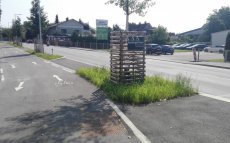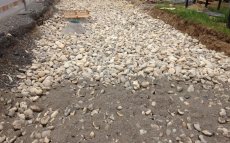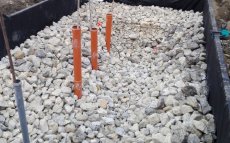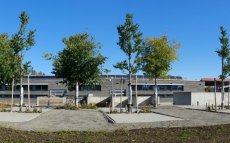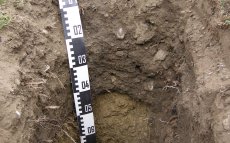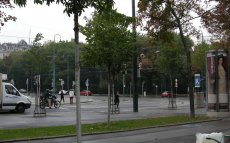Watch our film on sponge city substrate - urban trees!
Monitoring Lysimeter, Gradnerstraße, Graz
Several trees (Alnus x spaethii) directly connected to sponge city substrate were planted during construction work of new implemented pavements and bicycle tracks. Effects of sponge city substrate are evaluated for water retention potential, water distribution and effects on root systems and tree healthiness. Values are compared with conventionally planted trees, not connected to specific sponge city substrate.
Further parameters investigated are sap flow measurements, stem circumference, leaf analysis and shoot length.
Besides information of the lysimeter measurements, this project may provide practical hints to companies, public departments, urban management and other stakeholder for planning sponge city systems.
Project duration: 2019-2023
Further information: ,
Gradnerstraße, Graz, Setting up sponge city substrate (Zeiser, Laswa/ Ing. Lanner)
Development of optimal substrate material for root growth and retention potential for lysimeter systems
In autumn/winter 2019 existing lysimeters situated in Jägerhausgasse, HBFLA Schönbrunn, were approved and adopted. Three lysimeters were newly constructed, each filled with different sponge city substrate and planted with Celtis australis. Beneath other components, plant coal, compost and Danube mud material were used.
Besides other parameters, soil water potential and root growth are measured quantitatively and qualitatively. The project aims to investigate optimal substrate configuration for tree growth and water retention potential in cities as well as investigate the influence of trees on a city climate.
Project duration: 2019-2021
Further information: ,
Lysimeter Jägerhausgasse, Oktober 2020 (Zeiser, Laswa, 2020)
Development of a substrate material for trees in the city of Vienna
Within this project the currently used substrate for trees in Vienna will be analysed and optimised regarding its water and air balance. Additionally the strain for the substrate of de-icing salt will be investigated. For this purpose controlled field experiments will take place .
The following questions shall be clarifyed: Which substrate is suitable for an improved water and air balance in the soil? What is de-iceing salt doing in the soil? Do mycorrhiza have impact on the development of trees?
Sondar CZ - AT
The Soil Strategy Network in the Danube Region is funded by the European Union (European Regional Development Fund). Its main aim is to develop a sustainable soil network for the Danube region and improve soil awareness. Partners from different sectors such as research, agriculture, administration, art, education as well as a broad public are involved.
Within this project we perform a soil erosion assessment for a model region in the Weinviertel region, near to the city of Hollabrunn. Additionally, the historical development of soil erosion in this region will be investigated starting with about 1822 until now. A catalogue of measures will be provided to improve land use.
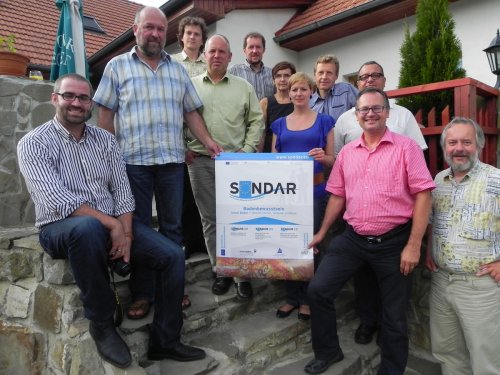
Mass balance of organic carbon at catchment scale
For an intensive agricultural land cultivation a sustainable land use and especially a sufficient supply of nutrients is essential. Decrease of organic carbon leads to a degradation of many soil functions. Therefore a well balanced organic carbon mass balance is of great importance for a sustainable water and soil protection.
The main aim of this project is the identification of basic information for reconstructing a mass balance of organic carbon at catchment scale. Therefore relationships between soil erosion and the loss of organic carbon will be examined.


